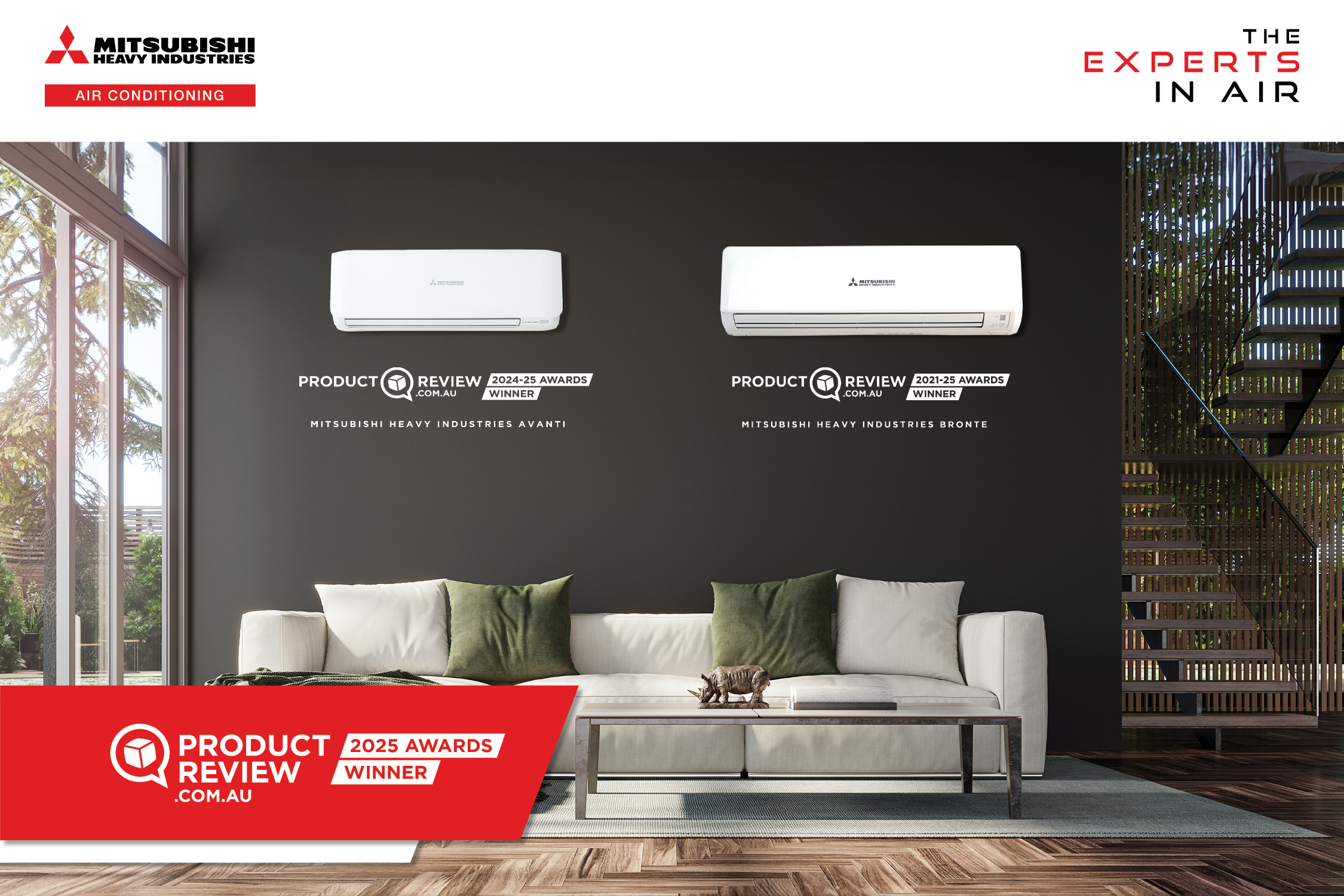Since founding The Tender Team in 2007, Jason Cooney has written many tender applications on behalf of HVAC&R businesses. He shares his insights with HVAC&R News.
In a highly competitive landscape with evolving requirements, Australian HVAC&R business are adopting innovative strategies to secure tenders, bids, and contracts. From emphasising whole-of-life costs to prioritising local talent and using creative communication tools, businesses are reshaping their approach to stand out. Let’s look at some strategies for success.
Emphasise whole-of-life cost
Gone are the days when HVAC&R tenders focused solely on upfront costs. Companies are increasingly emphasising the concept of whole-of-life cost, which considers not only the initial investment but also factors in operational expenses, maintenance costs, and energy efficiency over the lifespan of the system.
To win tenders, businesses are providing comprehensive cost analyses that demonstrate the value of their solutions beyond the initial installation. By highlighting the potential savings and efficiencies over time, companies can effectively differentiate themselves and appeal to clients who prioritise sustainability and cost-effectiveness.
Focus on local employment
In response to growing community expectations and government initiatives promoting local economic development, we have noticed that companies are placing a greater emphasis on employing local technicians and fostering skills transfers within the communities they operate in. This approach not only enhances the local economy, but also strengthens relationships with clients and stakeholders.
By showcasing their commitment to local employment and skill development, HVAC&R businesses can gain a competitive edge in tender evaluations. Moreover, investing in training and upskilling programs for local talent not only ensures a reliable workforce, but also contributes to the long-term sustainability of the industry. A local workforce participation plan that includes a pathway for hiring apprentices – with an emphasis on those who may have been excluded from the industry in the past, including First Nations people and women – not only improves workforce diversity, but also helps bids stand out.
Choose your bids carefully
With limited resources and fierce competition, HVAC&R businesses are becoming more discerning in their approach to bidding – and rightly so. Rather than pursuing every opportunity that arises, businesses are conducting thorough assessments to determine the feasibility and likelihood of success for each tender.
By strategically evaluating factors such as project scope, client requirements, competition, and location, HVAC&R businesses can avoid investing time and resources in bids they have little chance of winning. This targeted approach allows businesses to focus their efforts on opportunities where they can offer genuine value and competitive advantages, ultimately improving their win rates and profitability.
Use images and infographics
Many HVAC&R tenders are highly technical by their very nature, so conveying complex information in a clear and concise manner is paramount. Recognising this challenge, businesses are increasingly incorporating images and infographics into their tender submissions to make them more accessible to those without an HVAC&R background.
By presenting key data, technical specifications, and system designs using infographics, companies can effectively communicate the value proposition of their HVAC&R solutions to clients and evaluators. This approach highlights the benefits, features, and performance metrics of HVAC&R solutions in a visually appealing way.
Follow the trends
HVAC&R companies that localise their bids, focus on employment, avoid bidding for contracts they can’t win, and present their tenders and solutions professionally will continue to grow by winning government and private sector contracts.




Leave a Reply